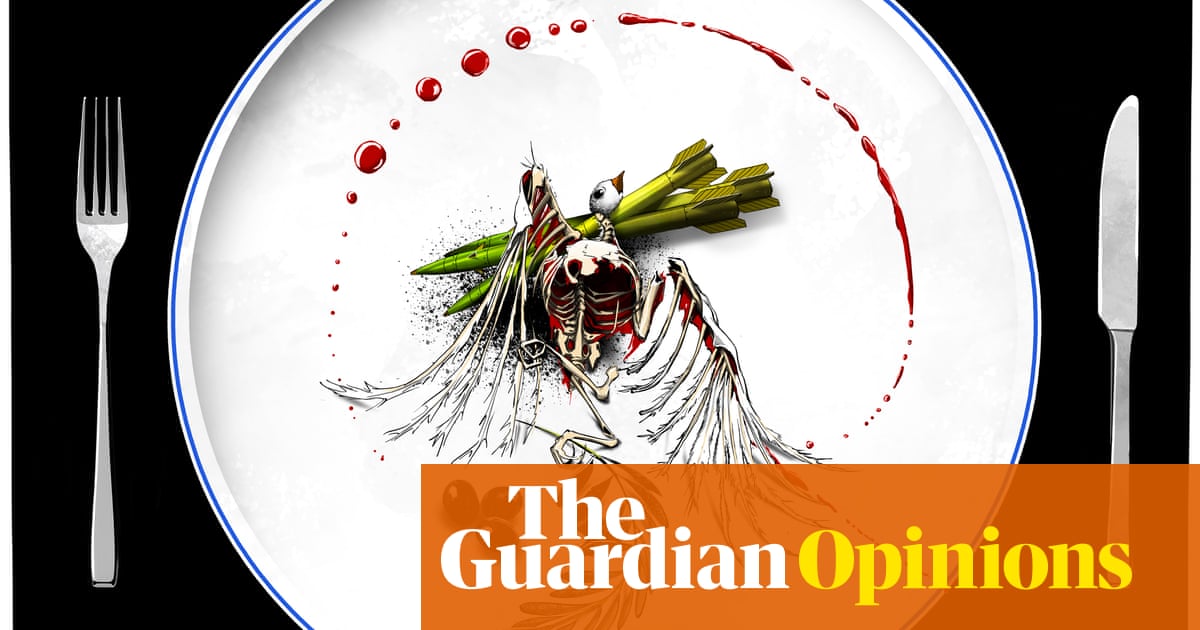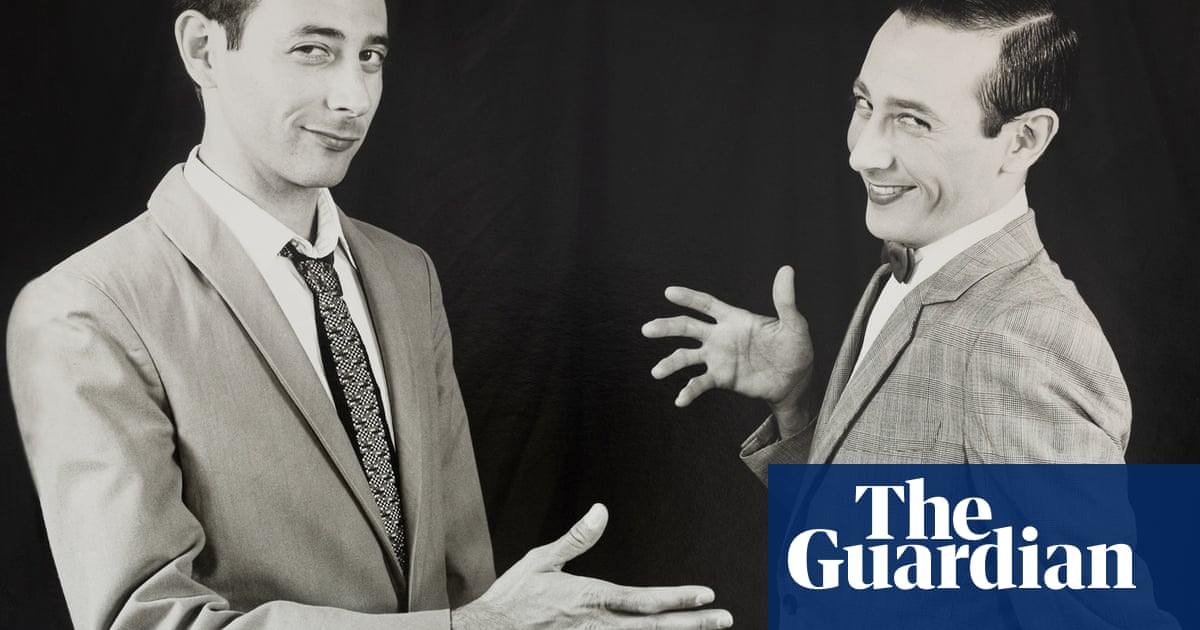Widely considered the father of theoretical computer science, Alan Turing’s influence on modern life continues to be felt in the age of artificial intelligence. But despite this legacy, a cache of his most important papers was nearly shredded – only to be saved at the last minute when their significance was recognised at a family event.
At auction next month, the papers are expected to sell for as much as £150,000 in 13 separate lots.
Among the collection is the wartime codebreaker’s personal signed copy of his 1938 PhD dissertation, Systems of Logic Based on Ordinals, valued at between £40,000 to £60,000.
Also featured is his paper On Computable Numbers, also known as Turing’s proof, which introduced the world to the idea of a universal computing machine in 1936. It has been described as the first programming manual of the computer age and also has a guide price of £40,000 to £60,000.
The papers, known as offprints, were produced in very small numbers and distributed among fellow scholars, making these incredibly scarce survivors of a kind that rarely appear on the market.
Jim Spencer, the director of Rare Book Auctions of Lichfield, Staffordshire, was asked to assess the papers, which were handed to him in a carrier bag, and he is overseeing their sale.
“Nothing could have prepared me for what I was about to find in that carrier bag. I opened it and thought ‘good lord’,” he said. “Intensively researching and cataloguing these papers has left me feeling that Alan Turing was superhuman. For me, it’s like studying the language of another planet, something composed by an ultra-intelligent civilisation.”
Turing played a vital role in cracking the German Enigma code when he worked at the Government Code and Cypher School at Bletchley Park, which was crucial to the allied victory in the second world war. His theories have been credited with informing and shaping modern artificial intelligence. Spencer said he expected interest would be strong in Silicon Valley, where Turing’s influence continues.
Turing was later persecuted for being gay and took his own life in 1954 aged 41.
The discovery of the papers was the result of a series of serendipitous events. After Turing’s death, his mother, Ethel, gave his papers to his friend and fellow mathematician Norman Routledge, who stored them in the loft of his home in Bermondsey, south London.
Routledge died in 2013 and his sister recovered the documents during a clearout. She stored them in her attic where they remained until she moved into a care home. Her daughters then came across the papers but did not realise their significance and planned to put them through a shredder along with other documents.
But last November they took them to a family reunion event and one relative suggested they seek an expert opinion. This was where Spencer came in.
“These seemingly plain papers – perfectly preserved in the muted colours of their unadorned, academic wrappers – represent the foundations of computer science and modern digital computing,” he said.
The papers include The Chemical Basis of Morphogenesis, from 1952. This is described as Turing’s lesser-known masterpiece of mathematical biology, and his last major published work. It has since become a basic model in theoretical biology.
Charged as a criminal, barred from GCHQ, banned from the US and forced to undergo chemical castration, Turing killed himself two years after his conviction. “This injustice, and the fact he didn’t survive to see his enormous influence and impact, makes these papers feel so special,” Spencer said.
The sale takes place on 17 June.

 7 hours ago
2
7 hours ago
2

















































